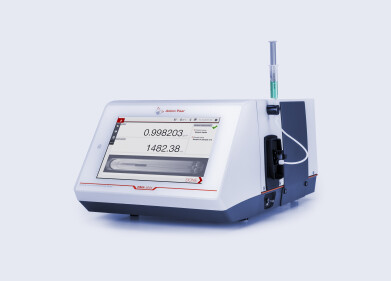Laboratory Products
Could Dragons On Westeros Really Fly?
Aug 15 2016
Game of Thrones is one of the biggest television series of all time. It has drama, magic, dragons, and the second highest deaths per episode in recent TV history - only Spartacus was higher. The fantasy elements, in particular, are something that sets it apart from otherwise similar shows like Spartacus.
While the warrior-slaves in Rome travel around on horses or on foot, the ruling characters of Westeros can be seen riding dragons. It’s exactly what a fantasy should include - something wonderful and surreal… But if dragons did exist, would they be able to fly? Even though it’s a fantasy, would this ever be possible, using what we know about the physics of our world?
Calculating the lift coefficient
By comparing the size of the humans and the dragons in the show, we can assume the dragon weighs about 40 times that of a human. Using this weight, an estimate of the wing span, and an approximate stalling speed - you can work out the aerodynamic capability of the dragon.
With Earth’s air density of 1.2kg/m³, the estimated values of the dragon’s weight and wingspan just wouldn’t make it possible to fly. It results in a ridiculously high lift coefficient of above 30. Airplanes usually have a lift coefficient of between one and three. So in short, with the physical conditions of Earth as they are, it wouldn’t be possible.
Different air density
The only solution, then, is to alter the air density. If you multiply it by 10 for 12kg/m³ - the kind of pressure that a diver would experience – then the results are quite practical. The lift co-efficient would be something a bit more realistic like 3-3.5
When you watch the show with this in mind, it explains a bit more than the dragon’s flight too. Ever wondered how the characters manage to hurl swords so far? It can’t be a difference in gravity. Gravity must be pretty similar in Game of Thrones, because of the movements of the characters. So again it would make sense that the air density is different.
Air density has an inverse relationship with altitude. As altitude increases, air density decreases – and vice-versa. This can affect measurements of weight, where specific values are required. When measuring precision weights, it’s important to consider that some will be used in environments with different air density. ‘Precision Weights: Traceable vs. NVLAP* Weights Calibration Certificates’ discusses compliance with internationally recognised standards when it comes to precision weights.
Digital Edition
International Labmate 49.6 - Sept 2024
September 2024
Chromatography Articles - HPLC gradient validation using non-invasive flowmeters Mass Spectrometry & Spectroscopy Articles - From R&D to QC, making NMR accessible for everyone: Putting NMR...
View all digital editions
Events
Oct 09 2024 Birmingham, UK
Oct 09 2024 NEC, Birmingham, UK
Oct 15 2024 Milan, Italy
Oct 17 2024 Dhaka, Bangladesh
Oct 20 2024 Fort Worth, TX, USA













.jpg)




